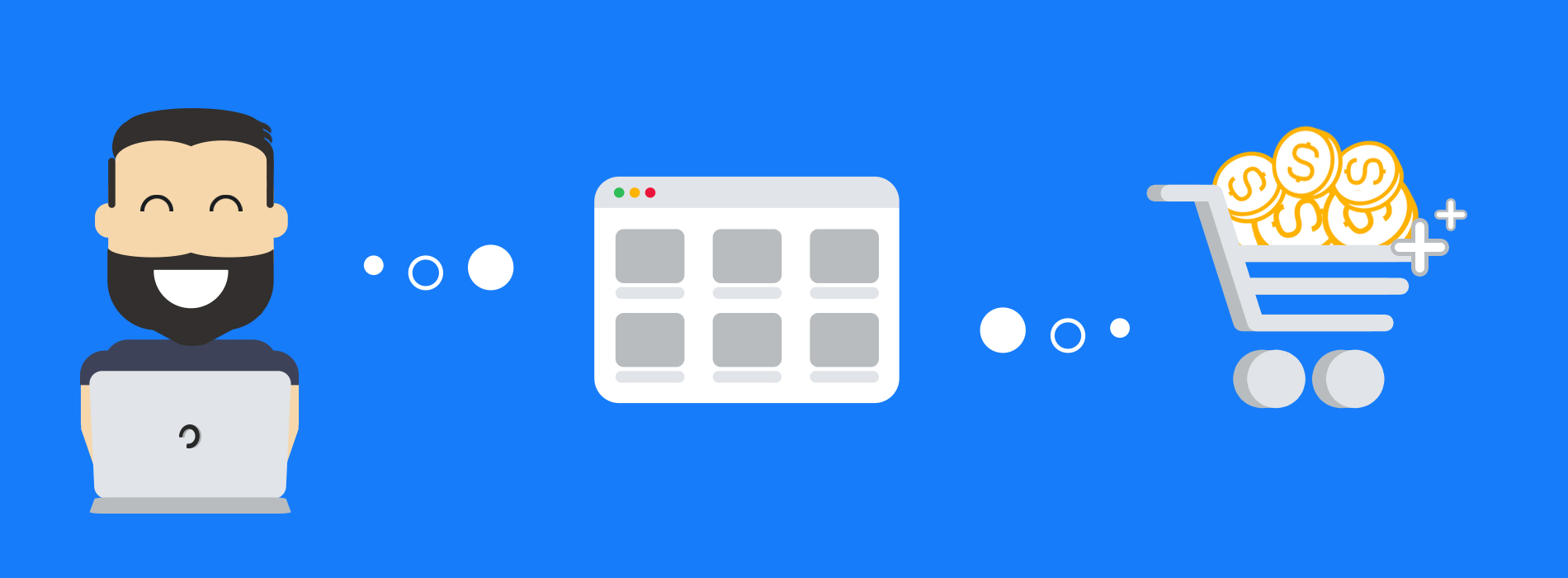Guest blogger, Jon Williams from Teradata, updates us on the changes in the world of email from the view of one of the world’s largest big data firms!
Communicating with customers has taken a far more sophisticated approach in recent years as the amount of data available to marketers has increased. While this presents many opportunities for those looking to increase brand loyalty and drive online sales, success only really comes when you truly understand the customer, and more importantly, know how and when they want to hear from you.
Email offers real value for retailers looking to increase customer engagement, whether that’s through sending newsletters, personalized offers or recommendations based on previous shopping habits.
Preferring No Preferences
At Teradata, we looked into the email habits of the top 50 online retailers (by turnover) to analyse the effectiveness of their marketing approach and how it can align with sales.
A key trend we found this year was the decline of preference centres. 2014 saw 64% of the top 50 online retailers using this method to collect basic customer information, however this year just 36% were found to be using this technique.


This reflects how sophisticated email has become within the last year – retailers are now recognising that communication should be shaped by more than just basic information. It’s now about analysing data and using insight to send something to a customer that adds far more value. A great technique for this is personalisation.
Creating Unique Insights
In the past, this meant knowing and using the name, gender and age of the customer. Now, it means much more than this. True personalisation is knowing the customer’s browsing history, purchasing history and spending habits, and using this insight to create a unique email for the customer.


This could be the difference between winning and losing a sale – if you send something to a customer that reflects items bought previously at a similar price point to what they spent before, it’s far more likely that they’ll be interested in buying these again.
And while sales can never be guaranteed, this approach fits well with our research that shows 63% of shoppers like to receive personalized offers.
[one_half]This marks an important shift within the communications industry. Yet, the current retail landscape shows that insight is not being used in its most effective manner.
[/one_half]
[one_half_last]

When looking at the top 50, we found that this year just 26% sent insight-driven personalized communications to customers, and 28% targeted customers by demographic (such as age and gender).
As retailers shift towards understanding and using data to drive a more personalized approach, they must integrate all data available to send a truly insightful email. The more data you can integrate and use to inform the content of the email, the more successful it will be. It seems that the retail sector has the data available, and are starting to move towards a more personalized approach.
So, what’s next?
The trend of personalisation will certainly continue to be crucial in influencing the customer’s purchasing decisions as different stages of the customer journey are explored.
The final stage of the customer journey, when they’re ready to buy, is being explored and is key to drive sales. If a customer puts an item in their basket but at the last minute decides to walk, or in this sense, click away, there is now enough data available to send an insight-driven email that adds value and increases the chance that your customer will return to finalise the purchase.


Having an understanding of why the customer chose not to purchase immediately is key in this. While you might not know for sure the reason, you can analyse the browsing history and spending habits to send an email that reminds customers their purchase is waiting for them, or offers alternative options that they’d be interested in. This can then link the customer straight back to the basket where they can make the purchase, boosting your online sales in the process.
One thing’s for sure, personalisation does, and will continue to pay off for those who use it to its full capabilities.
You can get a full copy of Teradata’s “Top 50 Ecommerce Email Study 2015” eBook here.




GUEST BLOGGER
Jon Williams Country Manager – Teradata
Jon is Country Manager UK&I for Teradata Marketing Applications, the world’s leading Integrated Marketing Cloud solutions provider. Jon has spent over 15 years helping marketers unlock the power of technology for their multi-channel marketing programs.
Speak to an expert
Learn how to convert your online audience into revenue with our experts.








![Valentine’s Day Ecommerce Tips and Trends [2024 Strategy]](https://www.salecycle.com/wp-content/uploads/2019/01/valentines-ecommerce-1.png)



![How SaleCycle helped Vodafone increase their online sales by an additional 2,000 additional sales per month [Extended Version]](https://www.salecycle.com/wp-content/uploads/2023/08/vodafone-banner.webp)





